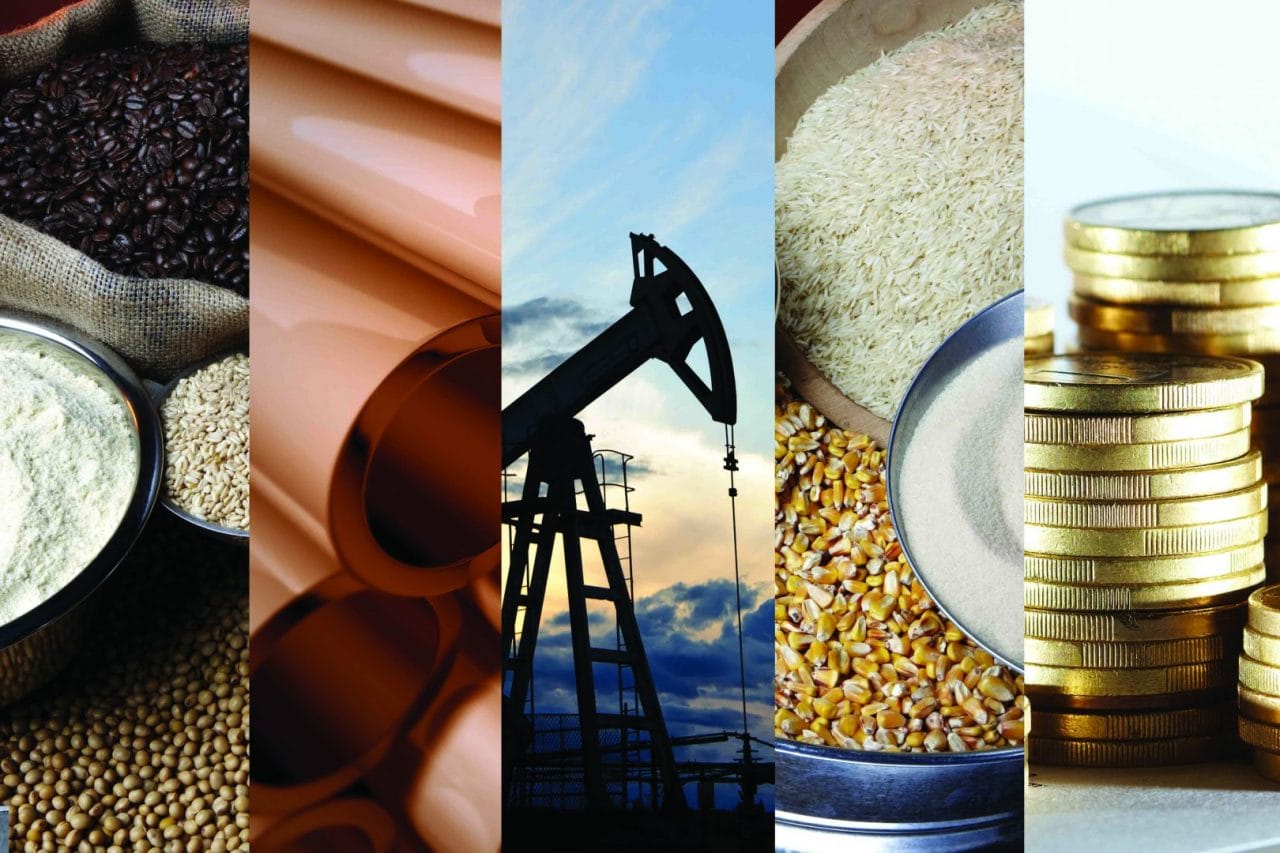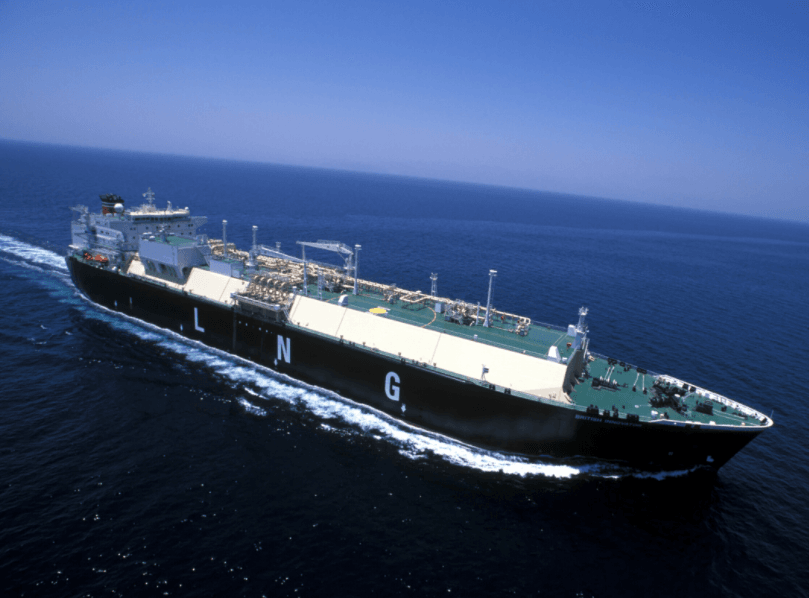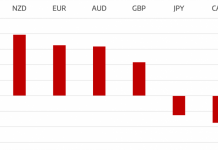The price of crude oil declined on Tuesday following several weeks of stability, a sign speculators were still concerned about rising global inventories after the winter season.
US crude fell below $50 a barrel, tumbling 1.4 percent to $49.30. US crude was trading higher at the start of the week after Genscape said inventories at a key US delivery point rose much slower than forecast last week.
Inventories increased by 157,000 barrels at the Cushing, Oklahoma delivery point last week. The Energy Information Administration had estimated a 536,000 barrel build-up during the week ended February 27.
On Sunday Goldman Sachs said US crude prices could drop to $40 a barrel in the short-term, as winter demand subsides. A colder than normal February in the US boosted demand for heating oil and diesel fuel, helping to lift prices.
“While we continue to forecast a strong demand recovery in 2015, we believe that sequentially weaker activity, the end of winter and the end of potential restocking demand, will lead to a sequential deceleration in demand-growth as we enter the spring,” the bank stated.
The last time West Texas Intermediate stood at $40 a barrel was the peak of the global financial crisis in 2008-2009. The price of WTI is forecast to stabilize around $65 a barrel in 2016, although the bank warned of further downside risks.
Goldman Sachs also said global crude prices would also come under renewed pressure this year, as demand in Asian economies subsidies.
Brent for April delivery declined 2.6 percent to $57 a barrel on Tuesday.
Crude prices were in the process of stabilizing at the start of the year, rebounding by nearly a third between January and February. That followed an unprecedented selloff that saw prices fall around 60 percent between June 2014 and January 2015. Peak OPEC production, the US shale boom and growing demand for alternative fuel sources all contributed to the seven-month rout.
A senior OPEC official said on Sunday that he expected the global crude oil market to balance in the second half of the year. The 12-member oil cartel pumped 30.6 million barrels a day in February, marking the ninth consecutive month that it has produced more than its target of 30 million barrels. The increase has been led by Saudi Arabia, the world’s biggest oil exporter.
Tradersdna is a leading digital and social media platform for traders and investors. Tradersdna offers premiere resources for trading and investing education, digital resources for personal finance, market analysis and free trading guides. More about TradersDNA Features: What Does It Take to Become an Aggressive Trader? | Everything You Need to Know About White Label Trading Software | Advantages of Automated Forex Trading













































